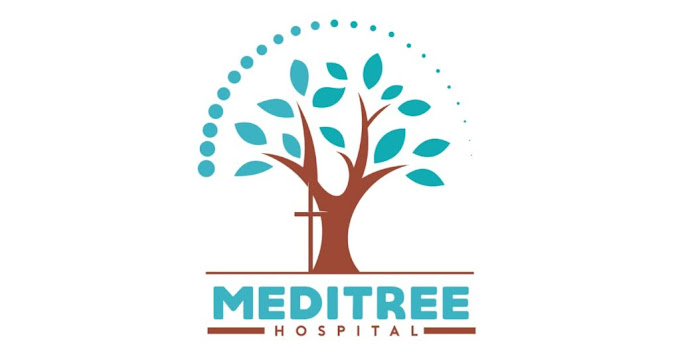Physiotherapy, also known as physical therapy, is a healthcare profession that focuses on the assessment, diagnosis, treatment, and prevention of physical disorders and disabilities. It aims to improve movement, function, and overall quality of life through various techniques and modalities. Here are some key aspects of physiotherapy:
Goals of Physiotherapy
- Pain Relief: Alleviating pain through various therapeutic methods.
- Restoration of Function: Helping patients regain movement and strength after injury, surgery, or illness.
- Prevention: Educating patients on strategies to prevent injuries and manage chronic conditions.
Techniques Used
- Manual Therapy: Hands-on techniques to manipulate muscles and joints.
- Exercise Therapy: Tailored exercise programs to strengthen muscles and improve mobility.
- Electrotherapy: Use of electrical modalities like TENS (transcutaneous electrical nerve stimulation) to manage pain.
- Ultrasound Therapy: Use of sound waves to promote tissue healing.
- Education: Teaching patients about their conditions and how to manage them effectively.
Conditions Treated
- Musculoskeletal injuries (e.g., sprains, fractures)
- Post-surgical rehabilitation
- Neurological conditions (e.g., stroke, Parkinson’s disease)
- Respiratory issues (e.g., chronic obstructive pulmonary disease)
- Sports injuries
Setting
Physiotherapy can be provided in various settings, including hospitals, outpatient clinics, rehabilitation centers, and even at home.
Importance
Physiotherapy plays a crucial role in enhancing physical health and functional independence, helping individuals recover from injuries, manage pain, and maintain an active lifestyle.
